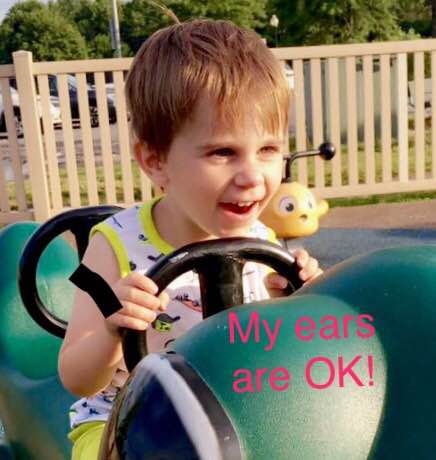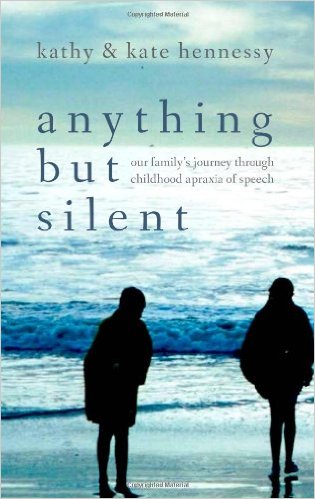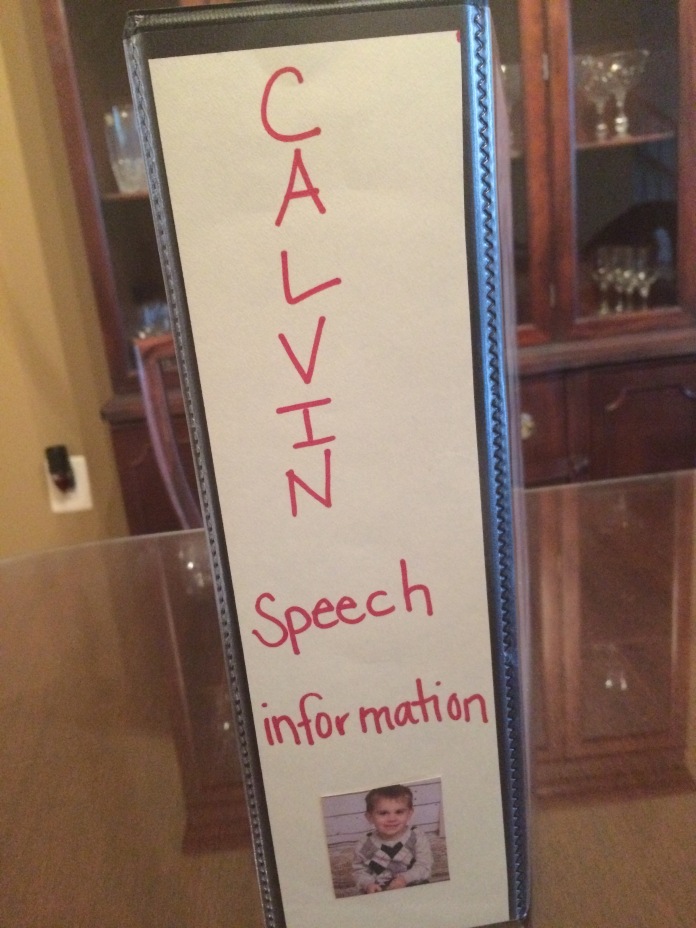As usual life has been busy, and time is flying by. Our schedule is full. Maya is in half-day kindergarten, attends therapy twice a week at Schreiber Pediatric Rehab Center and she is currently playing basketball. CJ is in preschool and receives therapy several times a week as well. I am extremely proud of both kids.
Maya has grown so much, physically, emotionally, intellectually, since the start of kindergarten. My worries about Maya entering kindergarten have greatly subsided. We are blessed that she attends a wonderful elementary school which nurtures her development in a supportive environment. She is happy and she is learning and that is so much more then I could ask for.
Currently, Maya is learning how to read. As expected, it is a bit of challenge for her, she has trouble sounding out letters while reading a word. As stated on the CASANA website, research has shown that children with spoken language problems are at higher risk for literacy related problems, (https://www.apraxia-kids.org/library/literacy-and-children-with-apraxia-of-speech/). So to overcome these issues, we read together and practice reading skills at home. Next year, when she is in first grade, I plan on asking the school district to test Maya’s reading skills. I feel it is vital to maintain a running record of Maya’s abilities in language and academic skills.
Overall, Maya is doing remarkably well. She loves school and she loves to learn. She loves her teacher and her classmates. Below, I’ve posted a link to show Maya’s progression over the past couple of years. She has grown from having poor speech intelligibility to reading sight words.











